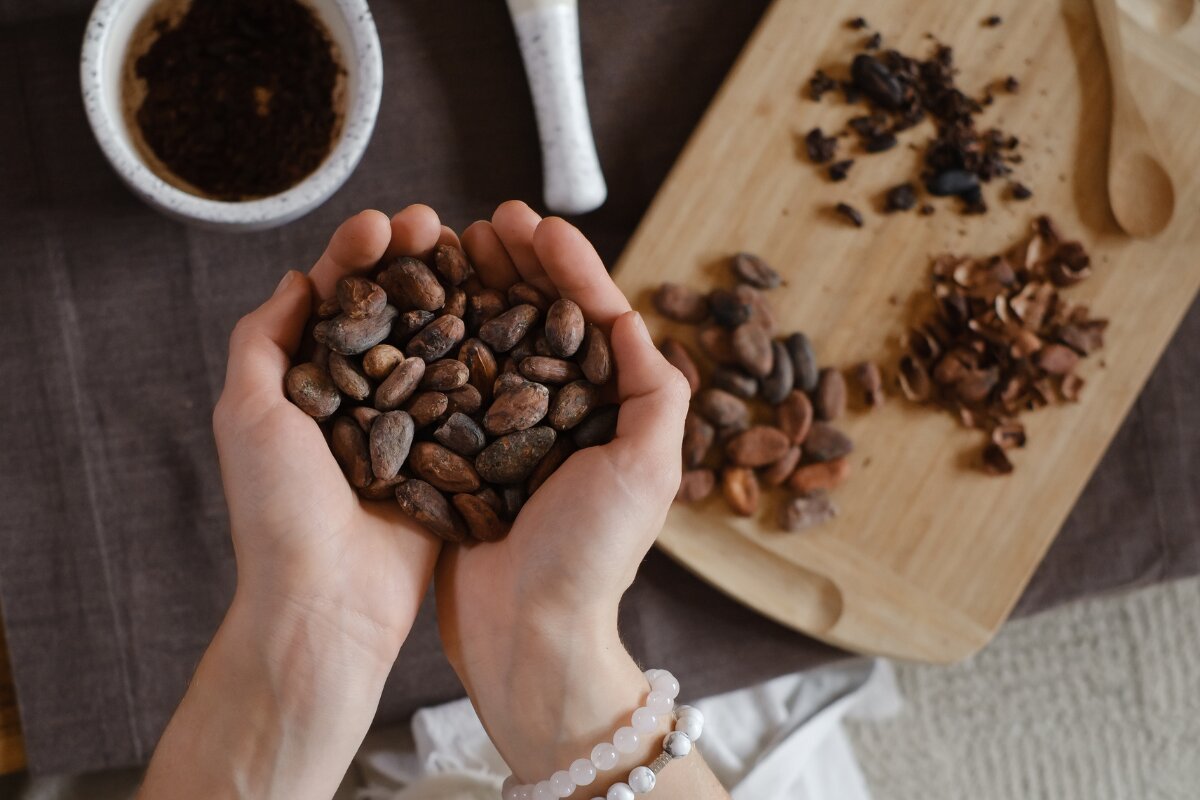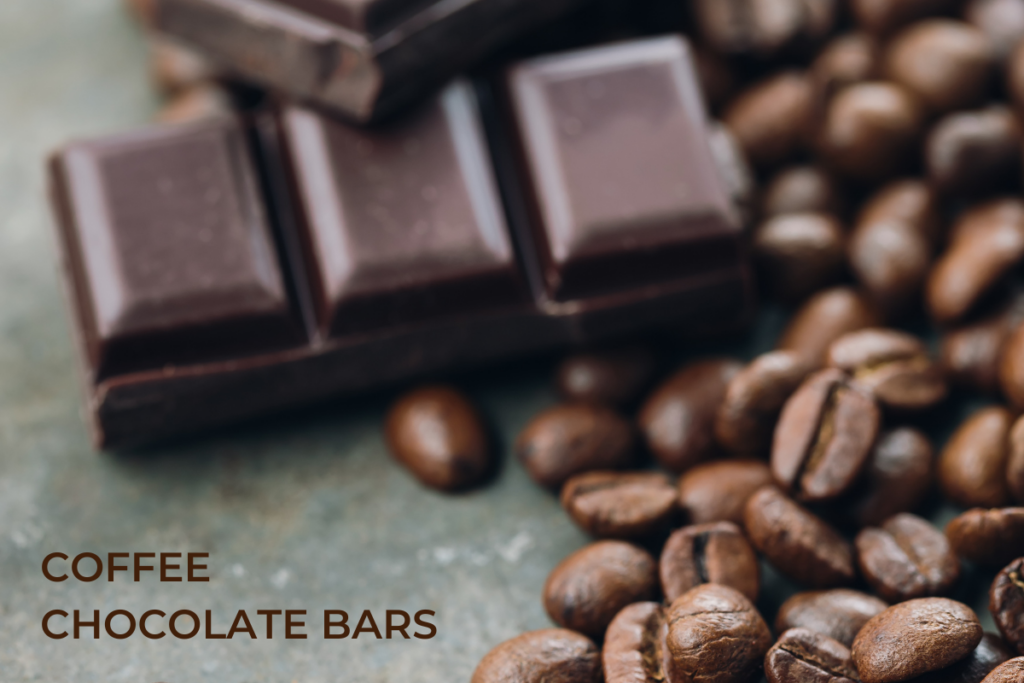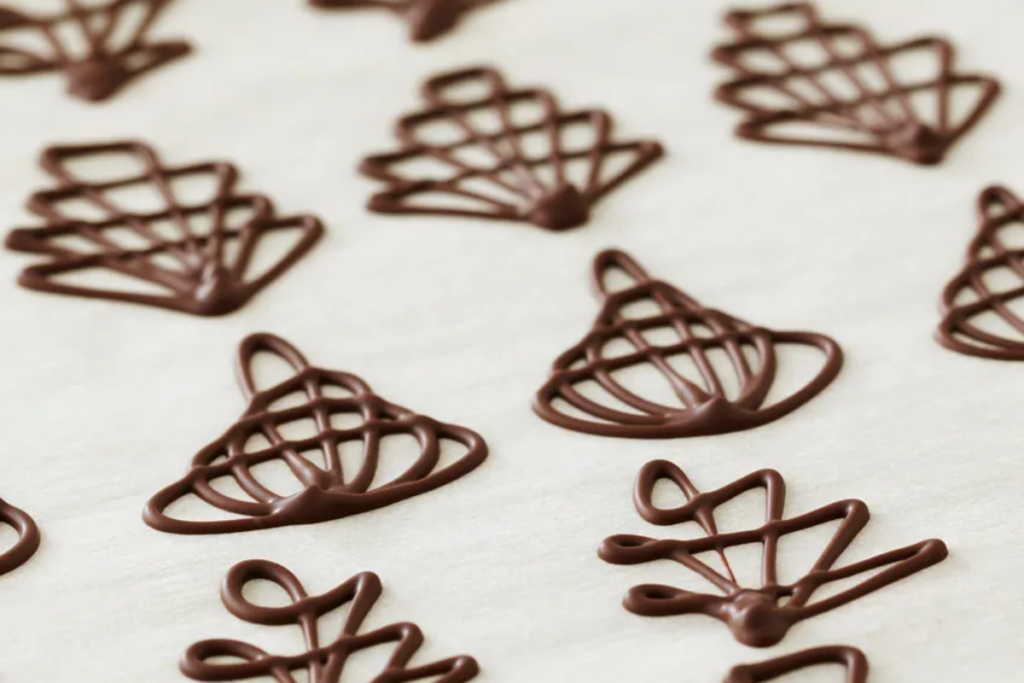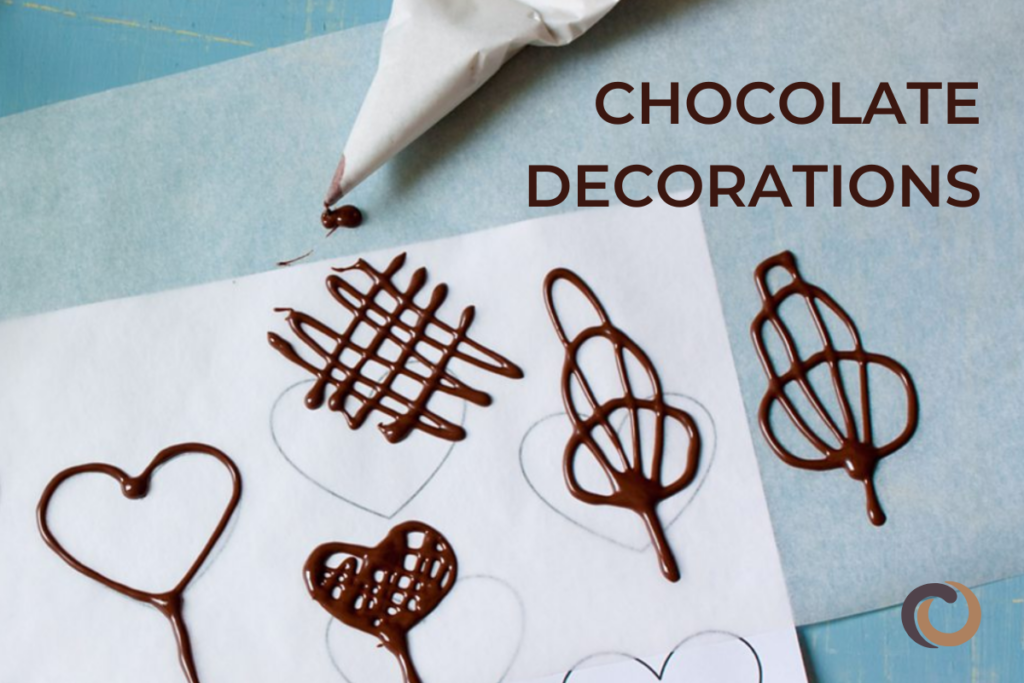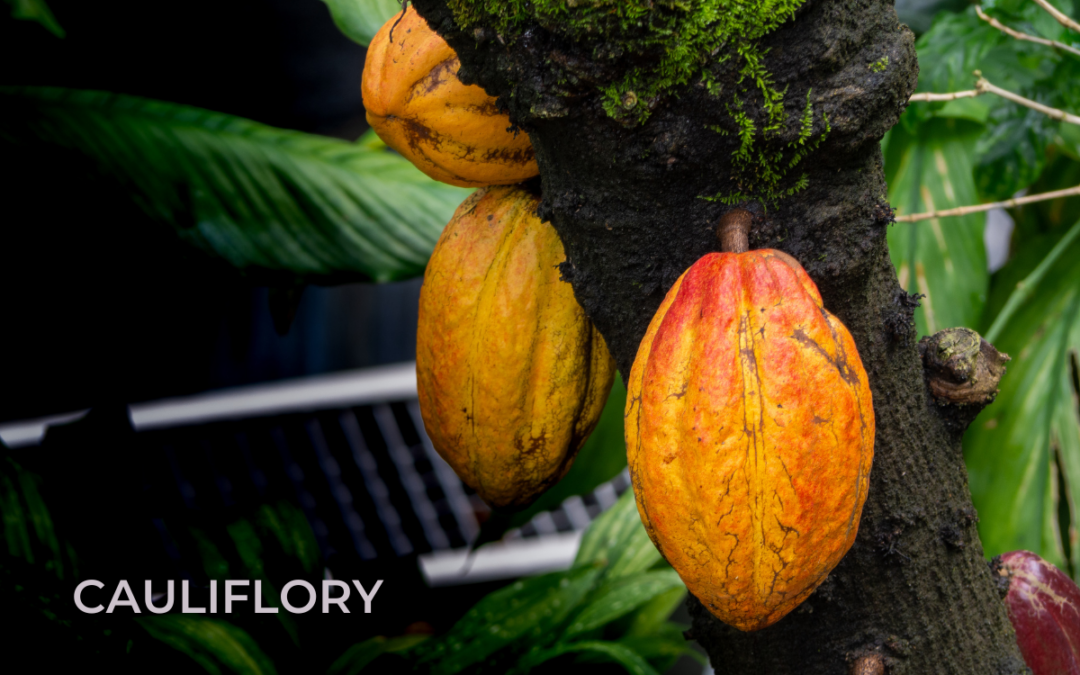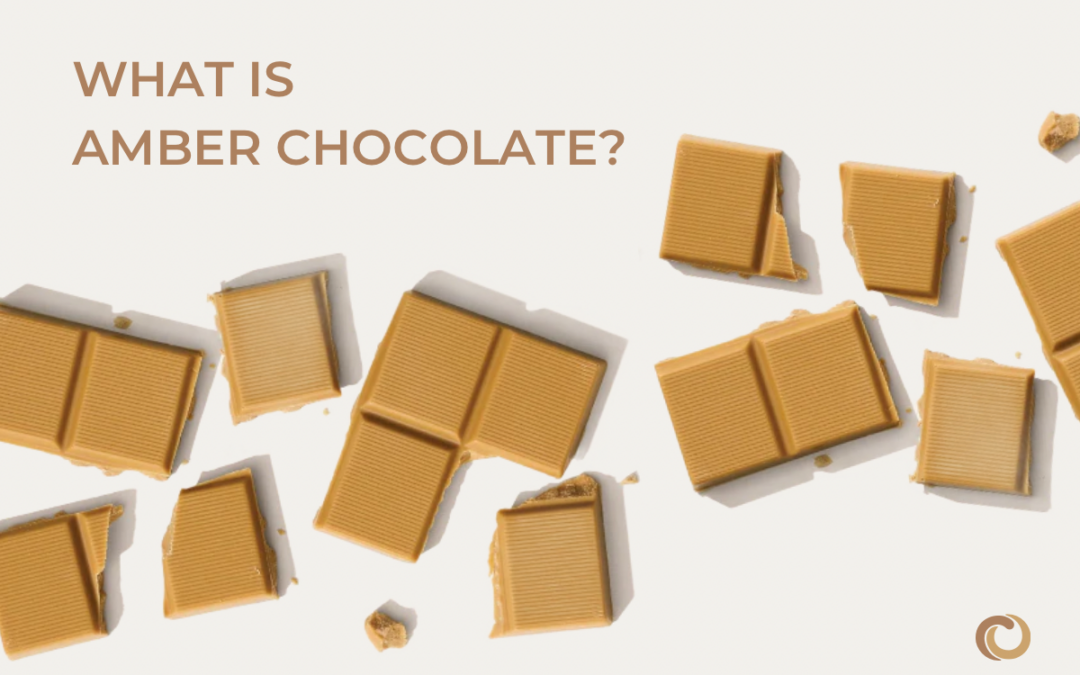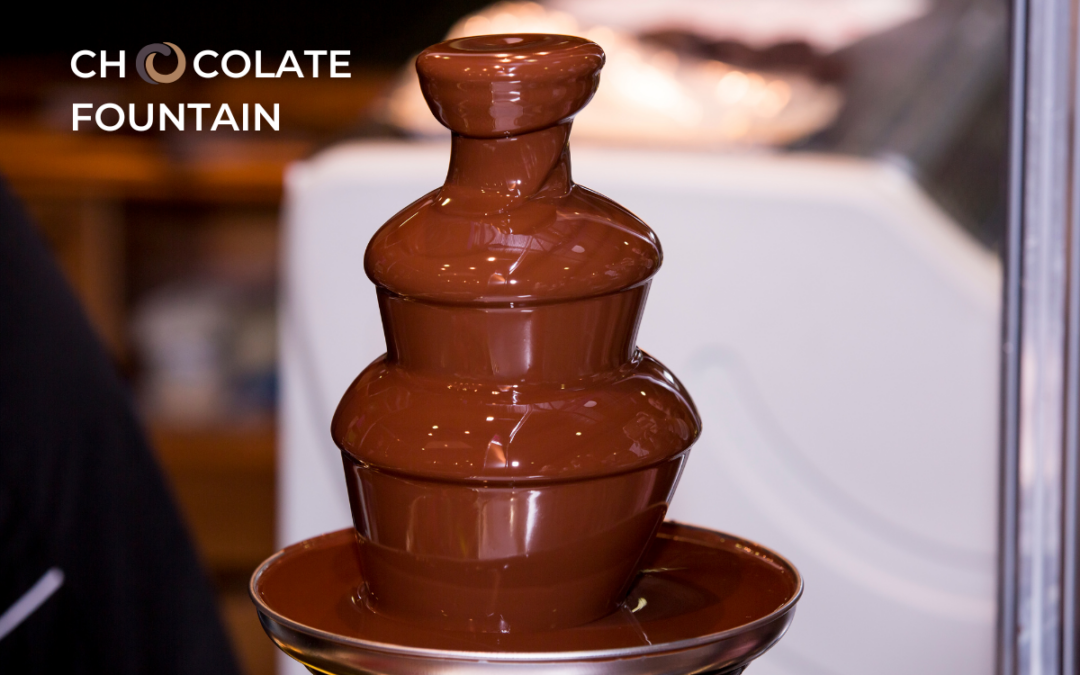Come along on a journey through the fascinating world of chocolate aromas. Chocolate provides a unique sensory experience from the way it melts in your mouth to its smell and taste. There are over 600 volatile components in cocoa and chocolate products which make up the “flavor” of chocolate. These components can be classified as different groups of aromas such as earthy, fruity and floral notes.
What are the main aromatic compounds in chocolate?
The aroma of chocolate is complex and influenced by a wide range of aromatic components. It encompasses a wide range of scent notes, including earthy, nutty, and sometimes fruity or floral undertones. The aroma of cocoa is influenced by factors such as the origin of the beans, the fermentation process and the roasting profile.
But if we want to get into a more chemistry-related discussion, there are over 600 volatile components in cocoa and chocolate products that make up the “flavor” of chocolate. These components can be classified in the following groups:
- Aldehydes
- Pyrazines
- Alcohols
- Carboxylic acids
- Esters
- Ketones
- Furans
- Amines
- Amides
- Acids
- Phenols
- Terpenes
- Hydrocarbons
For more information on the different types of cacao compounds and how much they exist in chocolate, check out this research on Chocolate Aroma: Factors, Importance, And Analysis.
Why are aromas so important in the chocolate processing and chocolate-making process?
The aroma of chocolate is a crucial element because it enhances flavor and contributes to the overall flavor profile of chocolate. Aromas interact with our sense of taste to create a complex, multi-dimensional taste experience. The combination of aromas and flavors is what makes chocolate so enjoyable. Selecting for desired aromas is integral to the entire chocolate-making process, from choosing high-quality cocoa beans and roasting them to creating distinctive chocolate products.
Roasting profile
When cocoa beans are roasted, complex chemical reactions occur. Maillard browning, for example, is a reaction between amino acids and reducing sugars that leads to the creation of new flavor compounds. This process contributes to the development of rich, deep, and complex flavors associated with chocolate.
What can make chocolate smell bad?
A number of factors can contribute to the development of unpleasant or off-putting smells in chocolate:
Poor quality cocoa beans:
- Moldy or rotten beans – Beans that have been contaminated by mold or have started to rot can give the chocolate a musty or foul odor.
- Under-fermented beans – The proper fermentation of cocoa beans is vital to the development of chocolate’s desired flavor profile. If the beans are not fermented enough, off-flavors and unpleasant odors may result.
Contamination during Processing:
- Cross-contamination – If equipment is not adequately cleaned between batches, undesired smells from one batch can carry over to the next.
Absorption from the environment:
- Storage – Chocolate is susceptible to absorbing odors from its surroundings. If you store your chocolate alongside strong-smelling chemicals, spices or other pungent materials, the chocolate can take on those odors.
- Improper packaging – When chocolate is not stored in airtight or well-sealed packaging, it can absorb odors from the air. For example, if you keep chocolate in your pantry or warehouse, it may pick up scents from other products stored there.
Rancidity:
- Fat oxidation- Chocolate contains the fat cocoa butter, which can become rancid when exposed to heat, light, or air. Rancid fat produces unpleasant smells and may compromise the aroma of chocolate if it is not properly stored.
From start to finish, chocolate is an aromatic journey. From the moment cocoa beans are harvested to the final product that consumers eat, a symphony of aromas plays a crucial role in defining the chocolate’s character. The complex aromas of fruits, flowers, spices, and other elements are carefully nurtured by chocolatiers to delight our senses and elevate the chocolate experience to an art form. We hope that you can now appreciate more fully the art of chocolate-making.
For more great articles, check out the rest of our CocoTerra blog.
If you have any questions or comments, feel free to contact us through our social media channels. We are @cocoterra_co on Instagram and Pinterest and @cocoterraco on X (aka Twitter) and Facebook.

